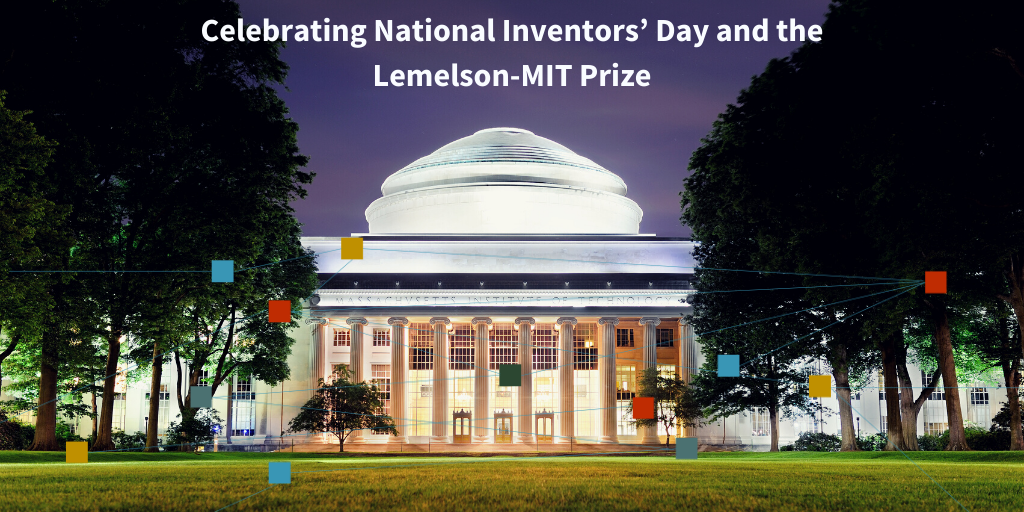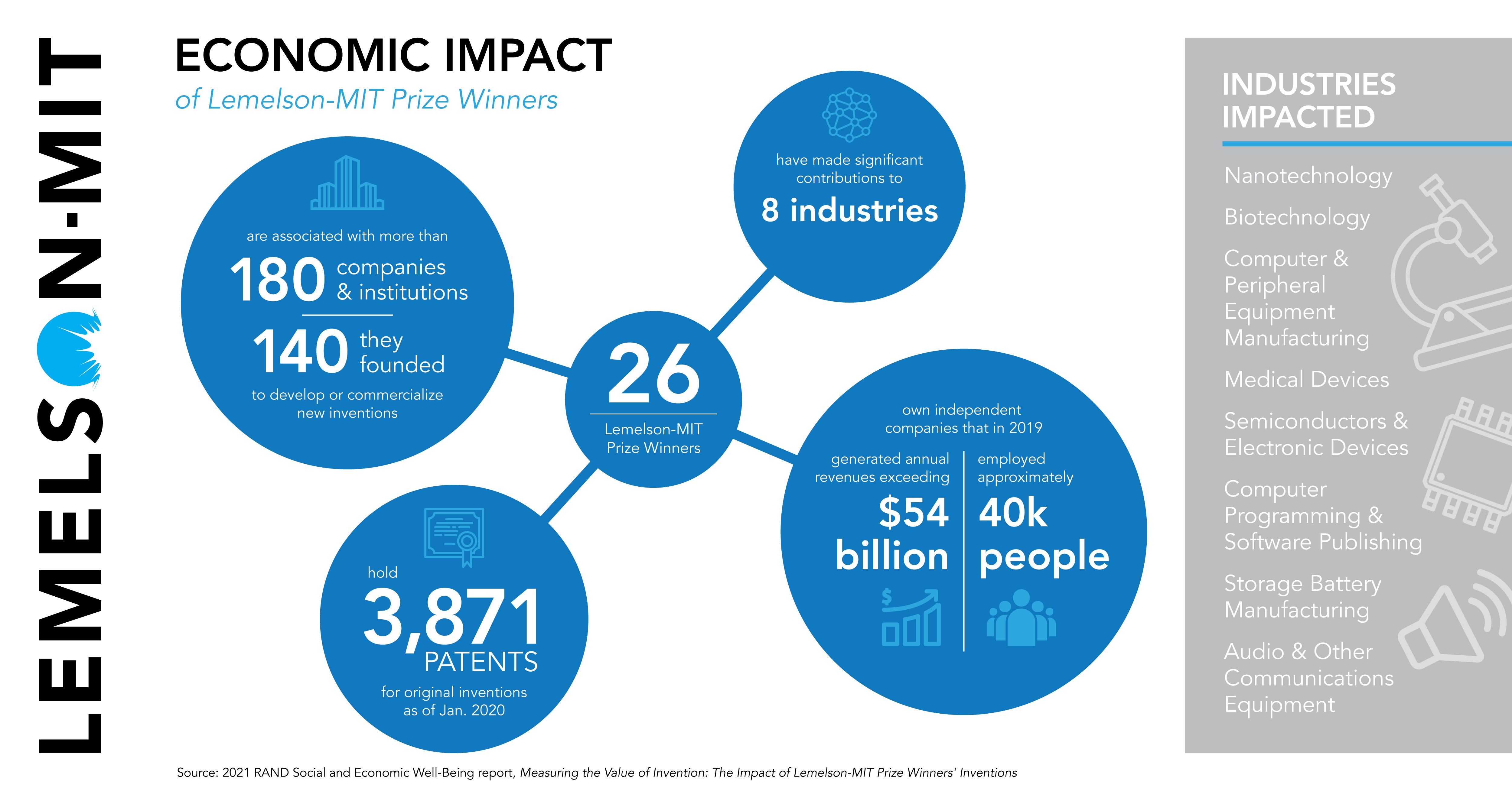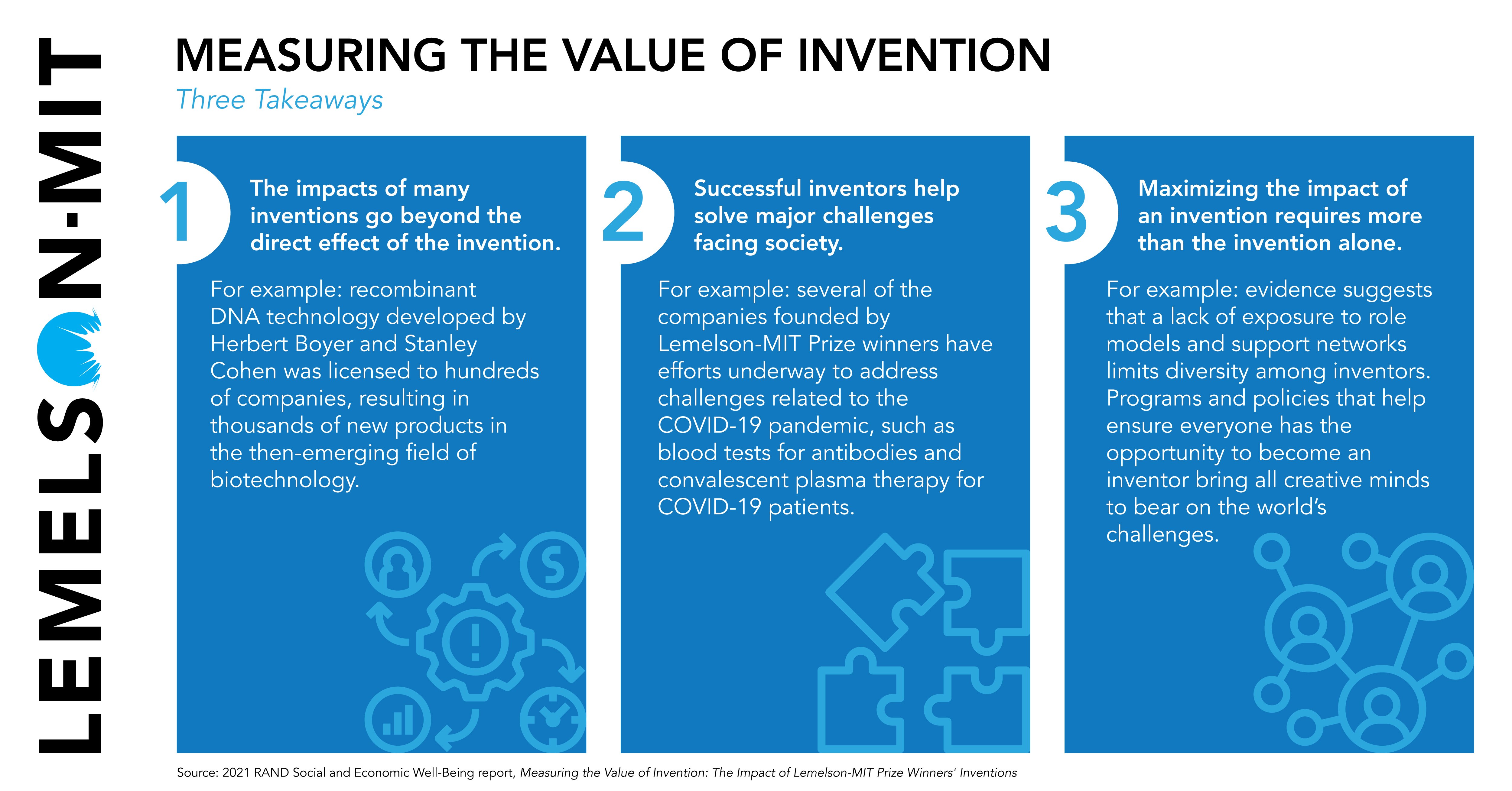 For more than a decade, IPVision has proudly been involved with the Lemelson-MIT Prize—known to many as the Oscar for Inventors. The program was developed with the intention of identifying innovators that develop inventions that improve the world in some way. As part of the Lemelson-MIT program, IPVision has provided patent analysis reports for each winner since 2010.
For more than a decade, IPVision has proudly been involved with the Lemelson-MIT Prize—known to many as the Oscar for Inventors. The program was developed with the intention of identifying innovators that develop inventions that improve the world in some way. As part of the Lemelson-MIT program, IPVision has provided patent analysis reports for each winner since 2010.
While we’ve only been involved since 2010, the Lemelson-MIT Prize has been awarded each year from 1994 to 2019. Many of the inventions recognized over the twenty-five years the program has been in place have had a significant impact on our lives. This impact has been three-fold: economic, innovative, and scientific.

Businesses founded by MIT-Lemelson Prize winners now employ nearly 40,000 people and bring in annual revenues of more than $54 billion. These winners have been awarded 3,871 patents, which have been cited by more than 40,000 subsequent patents. As for scientific advancements, prize winners have published more than 3,700 articles, which have been cited in scientific publications in excess of 330,000 times.
In addition to their accomplishments, these 26 winners have become role models for students of all ages, encouraging many to get involved in the K-12 and collegiate Lemelson-MIT programs. Innovation begets innovation!

Some Recognizable Innovations
While many of the innovations that won prizes through the years have served larger industries and technologies without, perhaps, making a “splash,” there are several inventions from the Lemelson-MIT program that even laypeople would recognize.
Louis von Ahn, the winner in 2018, is the inventor of reCAPTCHA and co-inventor of CAPTCHA, as well as the creator of Duolingo. The winner from 2017, Feng Zhang, is a pioneer in CRISPR technology, which found its way into news headlines in 2020 due to the novel coronavirus. In 2006, James Fergason developed and improved liquid crystal technology, or LCD. Nick Holonyack invented the first practical LED, winning the prize in 2004. Back in 1997, Douglas Engelbart took home top prize for his invention: the computer mouse.
Many others have contributed significantly to innovation, beginning with 1995’s prize winner, William Bolander, who developed mathematical models for automotive computers. In 1996, co-winners Herbert Boyer and Stanley Cohen opened the door to genetic engineering. In 2001, Raymond Kurzweil invented the first reading machine for the blind. The most recent winner, Cody Friesen, from 2019, creates renewable energy technologies.
All the winners and their contributions toward society can be found in the report from the RAND Corporation here.
You can also download each of the reports IPVision prepared since 2010. They’re all here in one place.
IPVision is and always will be a proud supporter of innovation. Join with us in celebrating the incredible innovators who have impacted the world, and the Lemelson-MIT Prize for encouraging them and making their innovations possible through the prize money awarded each year.



